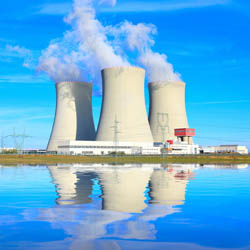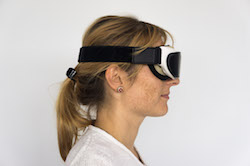Cooling nuclear reactors
HLM-cooled reactors were first adapted for nuclear submarine use because the reactor doesn't need to be kept under pressure. Disadvantages include difficulties associated with the repair of a reactor immersed in opaque molten metal, corrosion and other issues. The 'Heavy liquid metal network' (HELIMNET) project is a European Atomic Energy Community (Euratom) Seventh Framework Programme (FP7). Its specific goal was the appraisal of HLM systems through analysis of approaches and activities at national and international level. Due to the complexity of the new generation of nuclear reactors, it is essential that information can be exchanged and safety standards synchronised. Both the EU and Russia are planning on building liquid metal-cooled reactors. To discuss issues related to safety, nuclear materials and instrumentation, the HELIMNET project team organised the Demetra workshop in 2010. Technical discussions were divided into six sessions followed by a panel session at the end. The workshop discussed HLM technologies developed in Europe, Japan, Korea, Russia and the United States. The meeting offered recommendations relevant to the fields of material temperature, irradiation dose window and heat transfer behaviour of nuclear reactors. The workshop proceedings have been published as a special issue of the Journal of Nuclear Materials. To disseminate the information, HELIMNET partners created an Advisory Committee to reach nuclear reactor design teams and promote contacts with universities and other research organisations. The efforts of the project team should accelerate the construction of a nuclear reactor cooled by HLMs.





